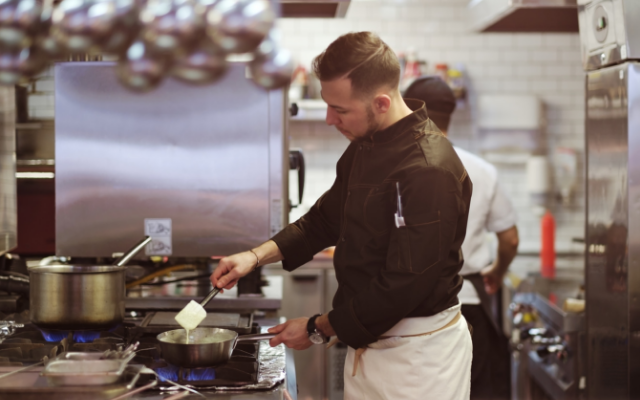WHAT IS PROPANE-BUTANE?
Propane-butane is the popular name of LPG (Liquefied Petroleum Gas).
Propane-butane was produced for the first time in 1910 by Dr. Walter Snelling and the first commercial products containing propane-butane appeared in 1912.

HOW IS PROPANE-BUTANE OBTAINED?
Propane-butane is obtained by refining the oil. It is gaseous at normal temperature and atmospheric pressure and is supplied under pressure (under pressure of 8 atmospheres/temperature 20-25°C) in steel cylinders or tanks. The cylinders/tanks are filled up to 85 per cent of their capacity to allow the thermal expansion of the liquid. Propane-butane is heavier than the air, so when drained it is concentrated in the lowest places such as floors, shafts, cellars, etc. This should be taken into account when working with propane-butane.
WHAT IS PROPANE-BUTANE USED FOR?
Propane-butane has more than 1000 applications. It is widely used in industry and in households (for heating, cooking, hot water), in the transport as a fuel for cars and gas trucks, in the chemical industry, in agriculture, in the meat and glass industry, in the manufacturing of glass, ceramics, metal foundries and metal cutting, hydro-isolation works, baking, dry cleaning, restaurant and many other areas.
WHAT IS THE DIFFERENCE BETWEEN PROPANE-BUTANE AND NATURAL GAS?
Propane-butane is a product of crude oil processing in refineries. It is transported in tankers by rail or road. Natural gas is extracted directly from the bowels of the earth and transported by pipes.
The propane-butane is composed of propane and butane, while the natural gas contains mainly methane and ethane. Propane-butane has a higher calorific value than natural gas.
V-GAS strictly adheres to the requirements of European Standard 589, which defines the quality of propane-butane.


